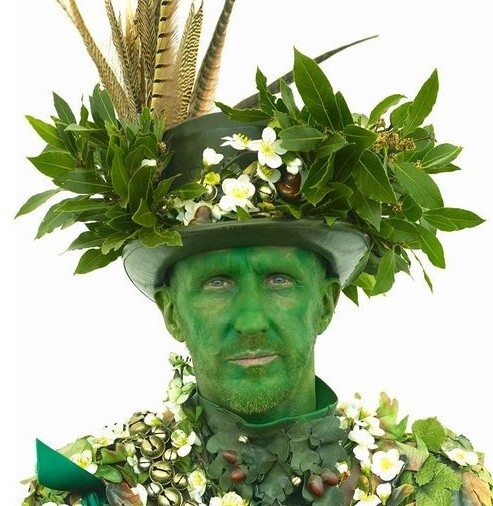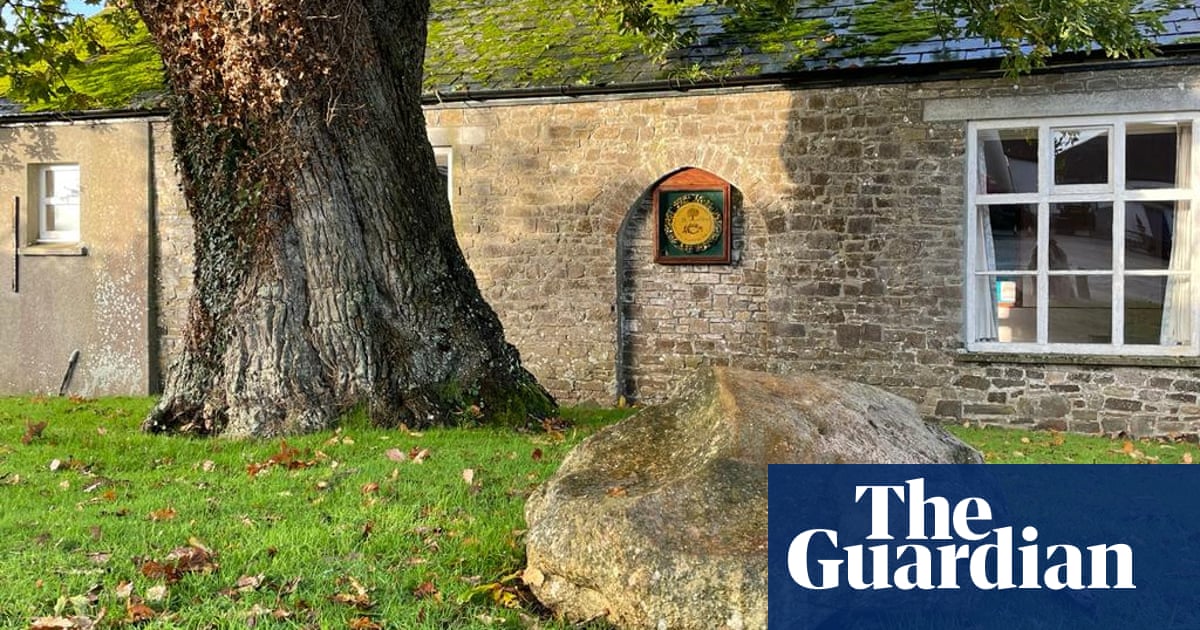- cross-posted to:
- devon
- cross-posted to:
- devon
A peal of clashing bells echoes across the hills. Hundreds of rooks roosting in the cemetery trees splutter into the darkness. At 7.45pm on 5 November, St Michael’s church bells ring out in discord across the village of Shebbear, in rural west Devon overlooking the Dartmoor hills. On Bonfire Night here, there aren’t fireworks, there isn’t even a bonfire. Instead, there is a stone.
Beneath an ancient oak in Shebbear’s village square is the Devil’s Stone. It’s a sarsen – a foreign stone not from this area. The boulder is thought to be quartz composite, where the local geology is predominantly sandstone and shale. No one attending the ritual turning of the stone on 5 November is bothered what it’s made of. It’s that the stone is turned that matters.
Shebbear’s vicar, Reverend Martin Warren, plays a leading role in the ritual. He says the legend of the Devil’s Stone is that it was dropped upon the devil after a celestial battle with the archangel Michael, trapping him in Shebbear. It is turned every year to avert disaster, Martin says, and ensure he doesn’t “wriggle out from under it”.
…
There are various theories about how the stone arrived in Shebbear, but the most likely is that it was deposited by glacial ice, as there are similar “erratic” stones nearby. As to its purpose historically, many believe it is the remnants of a pagan altar stone. It is also thought an Anglo-Saxon parliament gathered around it, since Shebbear was the centre of an Anglo-Saxon “hundred” – the division of a shire for military and judicial purposes under the common law.
Revelations – both pious and heathen – often happen on hilltops with their clear views of the heavens, and Shebbear is at the top of a hill almost 150 metres above sea level. A hilltop with a huge, strange stone would have been an auspicious site for rituals. As to why people started turning it, that’s another mystery. “Anybody who says they know is telling porkies,” Ron says.
The ritual is said to be one of the oldest folk traditions in Europe. Although there is no evidence of the turning before the 20th century, Ron says, “I only turned the stone for about 20 years, and my dad only did it for about 45 years – like the men before.” (The stone has been left unturned twice in living memory, during the two world wars. In the second world war, despite blackouts, this was swiftly rectified to avoid further misfortune.)


